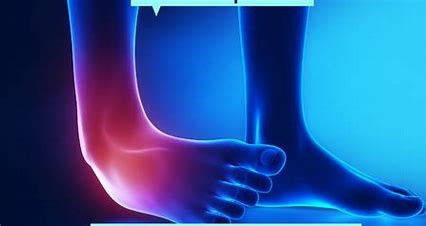
Ligaments help stabilize joints, preventing excessive movement. A sprained ankle occurs when the ligaments are forced beyond their normal range of motion. If left untreated, ankle instability may develop, requiring expert care from an ankle sprain doctor near you. This is because most sprained ankles involve injuries to the ligaments on the outer side of the ankle, making them vulnerable to repeated strain and instability.
Symptoms of Ankle Sprain and Instability
These may includes
Causes
Risk factors
Factors that increase the risk of a sprained ankle include :
Complications
Spraining ankle repeatedly might lead to the following complications :
Diagnosis
An ankle sprain doctor will carefully examine the injured area to check for tenderness and assess instability.
If the injury is severe, doctor may recommend one or more of the following imaging tool :
Management & Treatment
Management
Ankle sprain treatment depends on the severity of your injury. Consulting an ankle sprain doctor near you can ensure proper care and recovery. The treatment goals are to reduce pain and swelling, promote ligament healing, and restore ankle function.
Treatment
R.I.C.E Method
Use the R.I.C.E. approach for initial days :
Braces
Walking with a sprained ankle can be painful, so you may need crutches until the pain subsides. Depending on the severity, you may require an ankle binder, ankle brace, or walker boot for support.
Physiotherapy
Once the swelling and pain are reduced enough to resume movement, ankle sprain doctor will ask you to begin a series of exercises to restore your ankle’s range of motion, strength, flexibility, and stability. Ankle specialist or a physical therapist will explain the appropriate method and progression of exercises. Balance and stability training is especially important to retrain the ankle muscles to work together to support the joint and to help prevent recurrent sprains. These exercises may involve Proprioceptive exercise, Muscle strengthening, gait training, and Ankle Range of motion exercise.
Surgery
In rare cases, an ankle sprain doctor may recommend surgery if the injury doesn’t heal or if ankle instability persists. Surgery may be performed to :



